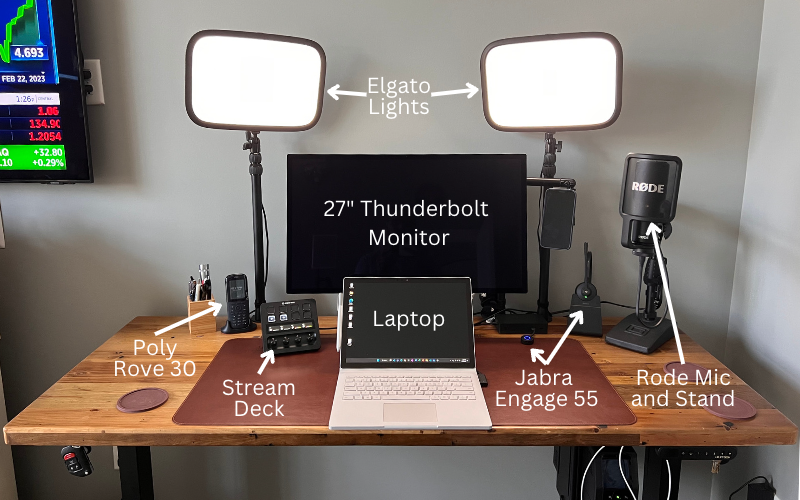Voice cloning has been slowly making headlines for its ability to mimic a person’s voice to almost near perfection. While it can have various benefits in the creative field, these tools can also bring risks to our safety.
Voice cloning technology leverages machine learning technology to analyze a person’s speech patterns. These tools can generate a realistic copy of someone’s voice based on the analysis. With just a few minutes of audio, voice cloning software can create a convincing imitation, making it nearly impossible for an untrained ear to detect discrepancies. This can pose a significant threat to our personal safety.
- CEO fraud – Cybercriminals can use voice cloning to mimic high-ranking executives, asking employees to transfer funds, share confidential data, or take other actions that can cause significant financial and reputational damage to the organization.
- Voice Phishing – Scammers use voice cloning to impersonate trusted individuals and trick victims into revealing sensitive information or performing actions that compromise security.
- Social engineering attacks – Voice cloning can enhance the effectiveness of social engineering attacks by making the attacker’s communication more credible and harder to detect.
Cybercriminals and individuals with malicious intent can manipulate and deceive people and organizations by impersonating someone you may trust. It is essential to always be aware of these potential risks and be cautious at all times. When communicating with someone where you can only hear their voice, it is vital to listen carefully to the person, how they speak, their words, and what they may be asking from you.
If, for example, the person asks you for things like money, passwords to important websites, etc., this should raise some immediate concerns. To help mitigate this, we need to establish methods to We must establish strategies of validating the person before accepting the information or actions they provide.
To mitigate the risks posed by voice cloning, it is crucial to implement methods to help verify the identity of callers. One effective strategy is establishing safe words or phrases known only to the parties involved in the conversation. A safe word is a pre-established code confirming the caller’s identity during a conversation. Here are some steps to create and use safe words effectively:
- Choose a unique, memorable word or phrase difficult for an attacker to guess or replicate.
- Share the safe word only with the people you trust who might need to verify your identity over the phone.
- Regularly change the safe word to minimize the risk of it being compromised.
If a caller fails to provide the correct, safe word, do not share sensitive information or take any actions based on their requests. In addition to safe words, other validation methods can be used to ensure the caller’s identity:
- Two-factor authentication (2FA) – Require the caller to provide additional proof of identity, such as a one-time code (OTP) sent via SMS or email.
- Callback verification – If you receive an unexpected call from a trusted contact, end the call, and dial their known number to confirm their identity.
- Video calls – Utilize video calls to visually confirm the caller’s identity, as voice cloning technology cannot replicate appearance.
Voice cloning presents significant risks to our safety. Using tools like safe words or the other validation methods discussed will help reduce your risks. Always be vigilant and proactive to protect yourself from falling victim to voice cloning-related fraud and maintain a higher level of security.








